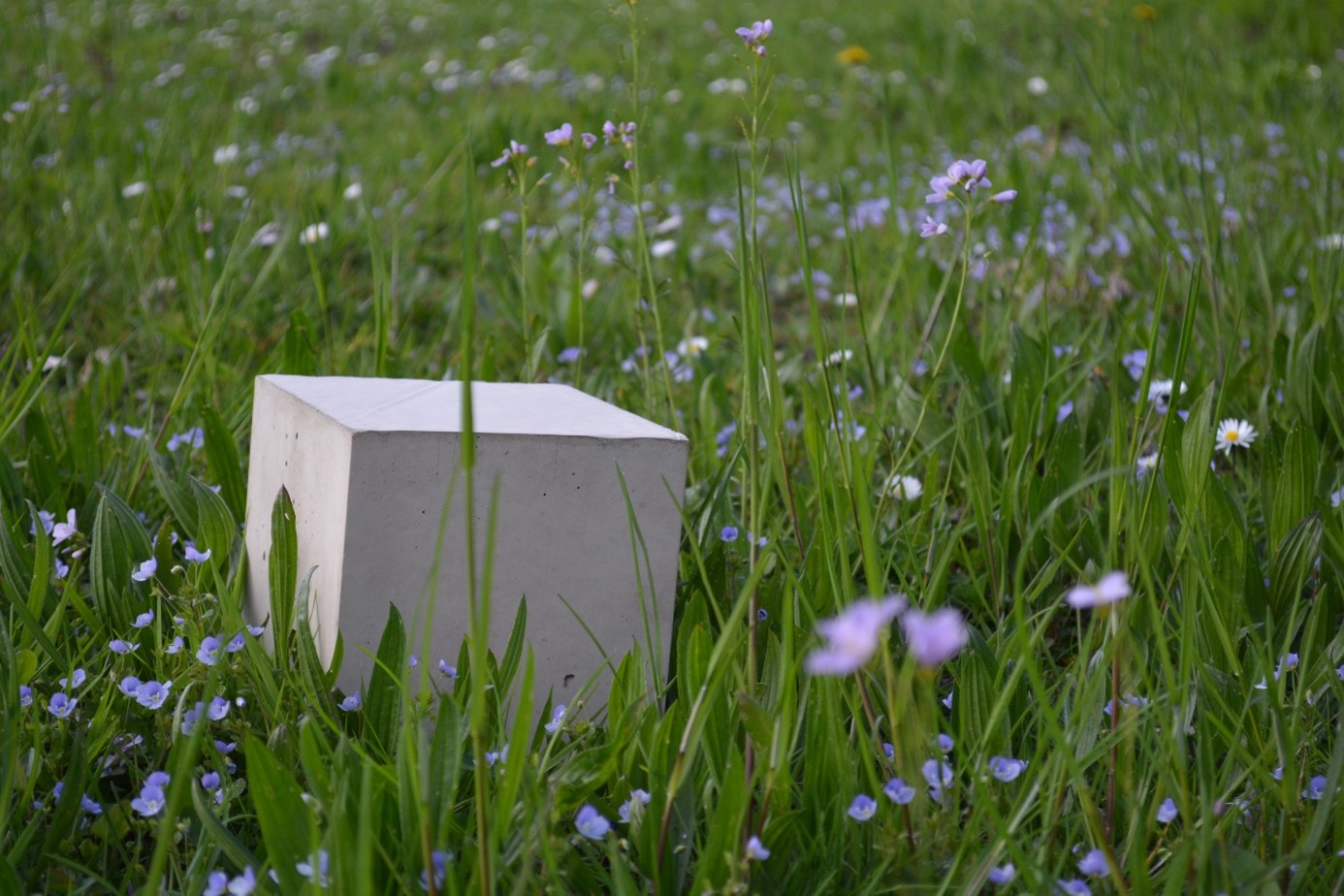A new, lower-carbon cement, produced by Jura Cement, a CRH Company in Switzerland, is helping to decarbonize cement production at CRH.
ECO3 is one of the first low-carbon cements using calcined clay to launch within the European market, at the beginning of 2024. It substitutes a proportion of clinker with the use of calcined clay. The use of granulated blast furnace slag or fly ash from other industries to reduce carbon emissions has been widely used for the same purpose. However, the calcined clay used in ECO3 is produced from local clay reserves, extracted at Jura Cement’s clay pit, and is available in abundant quantities

ECO3 Yields 20% Less Carbon Emissions
Calcined clay can be heated at half the temperature required for the production of traditional clinker, resulting in less electricity and less fuel used during production.
The calcined clay used in ECO3 has a clinker factor lower than 65% today, with the promise of further reductions through additional testing and optimization. As a result, concrete produced using ECO3 contains approximately 20% less CO2* when compared to concretes using conventional Portland limestone cement.
A High Standard to Meet Increasing Customer Demand
ECO3 is helping to meet growing customer demand for more sustainable products, as they look to lower the carbon footprint of their construction projects.
The product has been certified according to the European low carbon cement standard SN EN 197-5. It has already been used in major construction projects, including the pioneering 85-metre-high Tilia Tower, an ambitious sustainable urban development on Lake Geneva.
*One ton of calcined clay replaces on average 3/4 tons of clinker, thereby saving more than 1/4 tons of CO2. As a result, concrete produced using ECO3 contains approximately 20% less CO2 per m3 when compared to concretes using conventional Portland limestone cement.